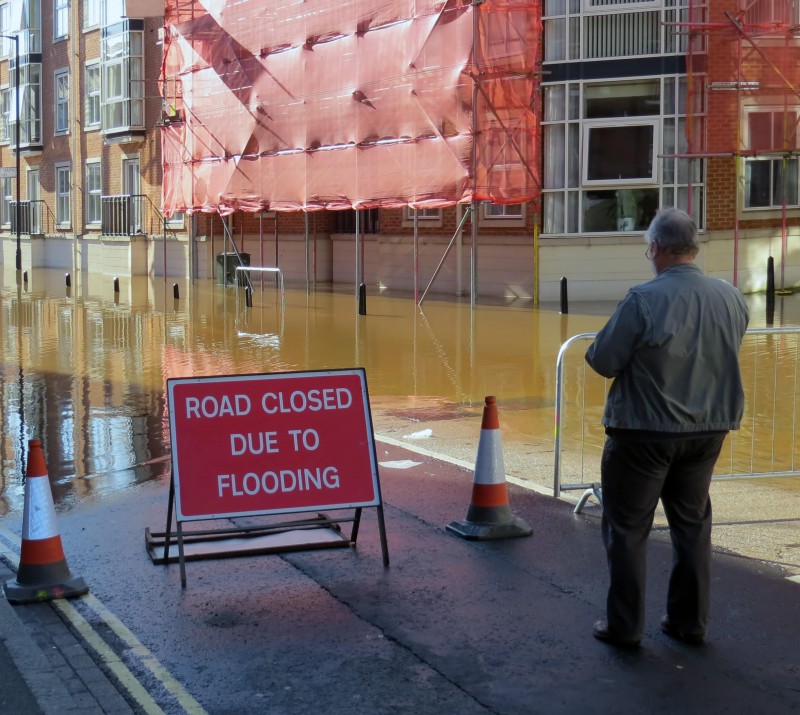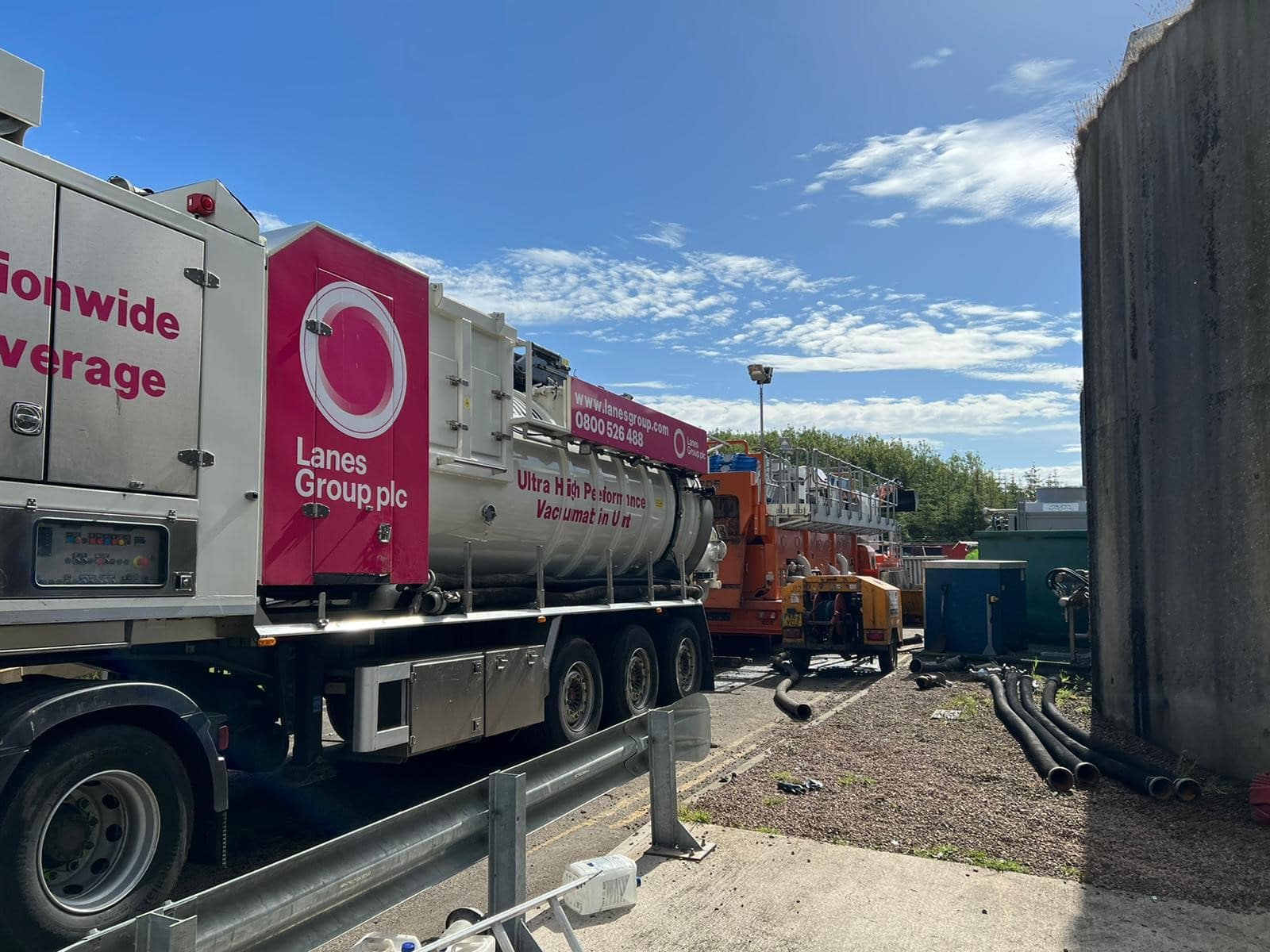Do more to protect against floods – there is ‘Noah alternative’

Manufacturers should urgently review the condition of their drainage systems to guard against the risk of flooding, advises Kevin Moon, Managing Director of drainage and wastewater specialist Lanes Group plc.
The summer heatwave and subsequent warnings about flash floods demonstrates there is no room for complacency when it comes to factory site drainage as climate change takes hold.
Kevin Moon added: “We recommend that manufacturers review their flooding risks and the condition of their site drainage systems, as a key part of business continuity planning, as we head into autumn.
“Climate change is likely to put greater strain on site drainage systems. If they fail, the commercial consequences could be catastrophic.
“Making sure site drainage is in as good condition as possible, in terms of being free of debris that can disrupt water flows and reduce capacity and in good repair, should be a priority in situations like this.”
Lanes Group is the UK’s largest drainage and wastewater specialist. It helps thousands of businesses across the UK protect their properties through planned and reactive site drainage cleaning and maintenance services.
The company also delivers sewer unblocking, repair and rehabilitation services for many water companies, including Thames Water, Severn Trent, Northumbrian Water and Scottish Water.
Lanes has put together a 7-step check list to support a site drainage resilience review:
- Is your property location at particular risk of localised flooding?
- Do you have an accurate and up to date map of your site drainage system and assessments of its condition and capacity? These can only be obtained by a drainage specialist carrying out a full site CCTV drainage survey.
- Is the planned preventative maintenance schedule for the property’s drainage system up to date? Has the drainage system been cleaned in the last 12 months?
- Are you already experiencing any problems with your drainage system? Does water pool on surfaces around your property after it rains? Do sinks drain and toilets flush properly?
- Are water courses around your property in optimum condition? Are storm culverts serving your site regularly inspected and cleaned?
- Has there been any extensive building carried out recently that might affect your site drainage system?
- Do you have emergency preparations in place if a flood occurs? This may include access to an emergency response service from a reputable drainage specialist and plans to protect assets and deliver services from a different location.
Just like clean water pipes, surface water drains and sewers can be affected by the seasonal contraction and expansion of clay soils, resulting in pipe joints being displaced, pipes cracking or even collapsing.
This problem is expected to become more commonplace due to climate change, with northern areas of the UK increasingly affected for the first time due to changing weather patterns.

During prolonged periods of dry weather, tree root systems grow more aggressively as they search for water and nutrients, increasing the risk of root infestation of drainage pipes.
Low flow rates in sewers and surface water drains during dry weather allow heavier solid material and debris washed into the system to build up, compromising its capacity, increasing the risk of flooding.
Kevin Moon said: “Climate change is creating more volatile, more unpredictable weather. This, in turn, means the condition of site drainage systems can change more rapidly than in previous times.
“The only answer is to tighten planned preventative maintenance systems, with more frequent and thorough inspection and drain cleaning regimes, beginning with asking the questions detailed in our drainage resilience checklist. “The alternative may be to expose business sites to greater risk of serious flooding events and the far greater costs they incur.”







